Boeing 727

The Boeing 727 is an American narrow-body airliner that was developed and produced by Boeing Commercial Airplanes. After the heavier 707 quad-jet was introduced in 1958, Boeing addressed the demand for shorter flight lengths from smaller airports. On December 5, 1960, the 727 was launched with 40 orders each from United Airlines and Eastern Air Lines. The first 727-100 rolled out on November 27, 1962, first flew on February 9, 1963, and entered service with Eastern on February 1, 1964. The only trijet aircraft to be produced by Boeing, the 727 is powered by Pratt & Whitney JT8D low-bypass turbofans below a T-tail, one on each side of the rear fuselage and a center one fed through an S-duct. It shares its six-abreast upper fuselage cross-section and cockpit with the 707 that was also later used on the 737. The 133-foot-long (41 m) 727-100 typically carries 106 passengers in two classes over 2,250 nautical miles [nmi] (4,170 km; 2,590 mi), or 129 in a single class. Launched in 1965, the stretched 727-200 flew in July 1967 and entered service with Northeast Airlines that December. The 20 ft (6.1 m) longer variant typically carries 134 passengers in two classes over 2,550 nmi (4,720 km; 2,930 mi), or 155 in a single class. A freighter and a “Quick Change” convertible version were also offered.
The 727 was used for domestic flights and on international flights within its range. Airport noise regulations have led to hush kit installations. Its last commercial passenger flight was in January 2019. It was succeeded by the 757 and larger variants of the 737. There have been 353 incidents involving the Boeing 727. Production ended in September 1984 with 1,832 having been built.
FedEx Express Flight 1478

FedEx Express Flight 1478 was a scheduled domestic cargo flight from Memphis International Airport to Tallahassee International Airport. On July 26, 2002, the Boeing 727-232F aircraft flying this route crashed during landing at Tallahassee. All three flight crew members survived the accident with serious injuries, but the aircraft was destroyed.
Aircraft and crew

The aircraft involved was a Boeing 727-232 freighter registered as N497FE (serial number 20866 - line number 1067), that had its first flight on September 3, 1974. The aircraft was delivered to Delta Air Lines on September 13, 1986, and it was transferred to FedEx on December 2 of the same year. It was then transferred to TAP Air Portugal which leased it to Air Atlantis. In December 1987 the aircraft was subleased to Gulf Air Transport. The aircraft was later returned to FedEx and on December 13, 1989, it was converted into a freighter.
The three flight crew members were the aircraft's only occupants. The captain was 55-year-old William Walsh who had been with FedEx Express since 1989 and had a total of 13,000 to 14,000 hours of flight experience, including 2,754 hours on the Boeing 727. His latest medical certificate issued by the Federal Aviation Administration (FAA) required him to wear corrective lenses in flight.
The first officer was 44-year-old William Frye, who had been with FedEx Express since 1997, having previously served as a United States Navy pilot for 16 years. He had 8,500 flight hours, with 1,983 of them on the Boeing 727. According to his recent medical certificate, Frye was color blind but passed the Navy's color vision tests a total of 13 times.
The flight engineer was 33-year-old David Mendez, who had been with FedEx Express for less than a year and had 2,600 flight hours, including 346 hours on the Boeing 727.
Accident
Flight 1478 departed at 4:12 AM EDT, with first officer Frye as the pilot flying. The flight was initially intending to land on runway 27 due to wind gusts. However, after receiving a weather update at 5:24, the flight crew changed to a straight-in visual approach to Runway 09.[1][8] Since the air traffic control (ATC) tower at Tallahassee did not open until 6:00, Flight 1478 was monitored by air traffic controllers in Jacksonville. 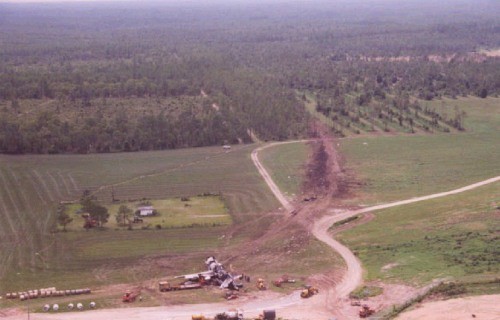
 At 5:30, first officer Frye said, "okay, I think I got a runway now." The flight crew then discussed the runway and the position of the aircraft. At 5:36, Flight 1478 was descending through an altitude of 1,000 feet (300 m) and turning towards runway 09 from the airfield traffic pattern. At this time the precision approach path indicator (PAPI) lights displayed one red light and three white lights. The aircraft was slightly low at the final approach fix, but the crew failed to notice. 30 seconds before impact the aircraft was at 500 feet (150 m), all four PAPI lights were red, indicating the aircraft was well below the glideslope. At the same time the ground proximity warning system (GPWS) sounded a "five hundred" feet above ground level warning. Captain Walsh responded, "stable" while first officer Frye said "gonna have to stay just a little bit higher... I'm gonna lose the end of the runway. At 5:37, with the landing gear lowered and the flaps at 30 degrees, the aircraft impacted 50-foot (15 m)-high trees located 3,650 feet (1,110 m) short of the runway. The aircraft remained airborne for 1,000 feet (300 m) and then crashed into the ground sliding 1,100 feet (340 m), striking a construction vehicle in the process and rotating 260 degrees before coming to a stop. Tallahassee International Airport was closed until 10:35.
At 5:30, first officer Frye said, "okay, I think I got a runway now." The flight crew then discussed the runway and the position of the aircraft. At 5:36, Flight 1478 was descending through an altitude of 1,000 feet (300 m) and turning towards runway 09 from the airfield traffic pattern. At this time the precision approach path indicator (PAPI) lights displayed one red light and three white lights. The aircraft was slightly low at the final approach fix, but the crew failed to notice. 30 seconds before impact the aircraft was at 500 feet (150 m), all four PAPI lights were red, indicating the aircraft was well below the glideslope. At the same time the ground proximity warning system (GPWS) sounded a "five hundred" feet above ground level warning. Captain Walsh responded, "stable" while first officer Frye said "gonna have to stay just a little bit higher... I'm gonna lose the end of the runway. At 5:37, with the landing gear lowered and the flaps at 30 degrees, the aircraft impacted 50-foot (15 m)-high trees located 3,650 feet (1,110 m) short of the runway. The aircraft remained airborne for 1,000 feet (300 m) and then crashed into the ground sliding 1,100 feet (340 m), striking a construction vehicle in the process and rotating 260 degrees before coming to a stop. Tallahassee International Airport was closed until 10:35.
Investigation
The National Transportation Safety Board (NTSB) conducted an investigation into the accident, determining that the cause of the accident was the flight crew's failure to maintain an appropriate flight path during a visual approach at night. The flight crew were also fatigued and did not adhere to standard operating procedures (SOP).
The flight crew testified the approach was normal until the last moment, and none of the crew verbalized that all four PAPIs were red. The approach was not stabilized by 500 feet (150 m) above ground level and the flight crew failed to initiate a go-around. First officer Frye also underwent an eye test after the accident, revealing that it was difficult for him to distinguish between red, green and white. The NTSB concluded that based on the results this made it difficult for Frye to distinguish between the color of the PAPI lights.
Specifications
General Characteristics
- Predecessor Boeing 727-200F
- Created On Android
- Wingspan 110.3ft (33.6m)
- Length 155.9ft (47.5m)
- Height 33.0ft (10.1m)
- Empty Weight N/A
- Loaded Weight 127,754lbs (57,948kg)
Performance
- Power/Weight Ratio 0.744
- Wing Loading 35.1lbs/ft2 (171.2kg/m2)
- Wing Area 3,642.9ft2 (338.4m2)
- Drag Points 22199
Parts
- Number of Parts 190
- Control Surfaces 17
- Performance Cost 1,244

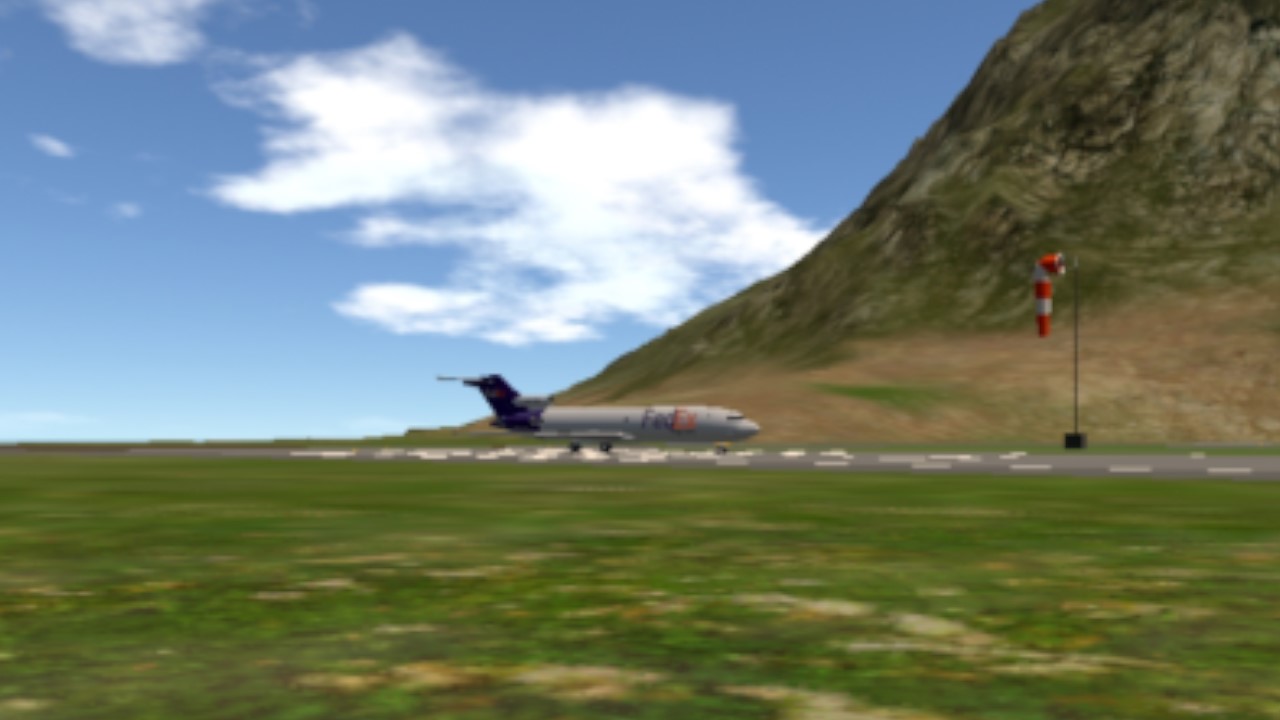
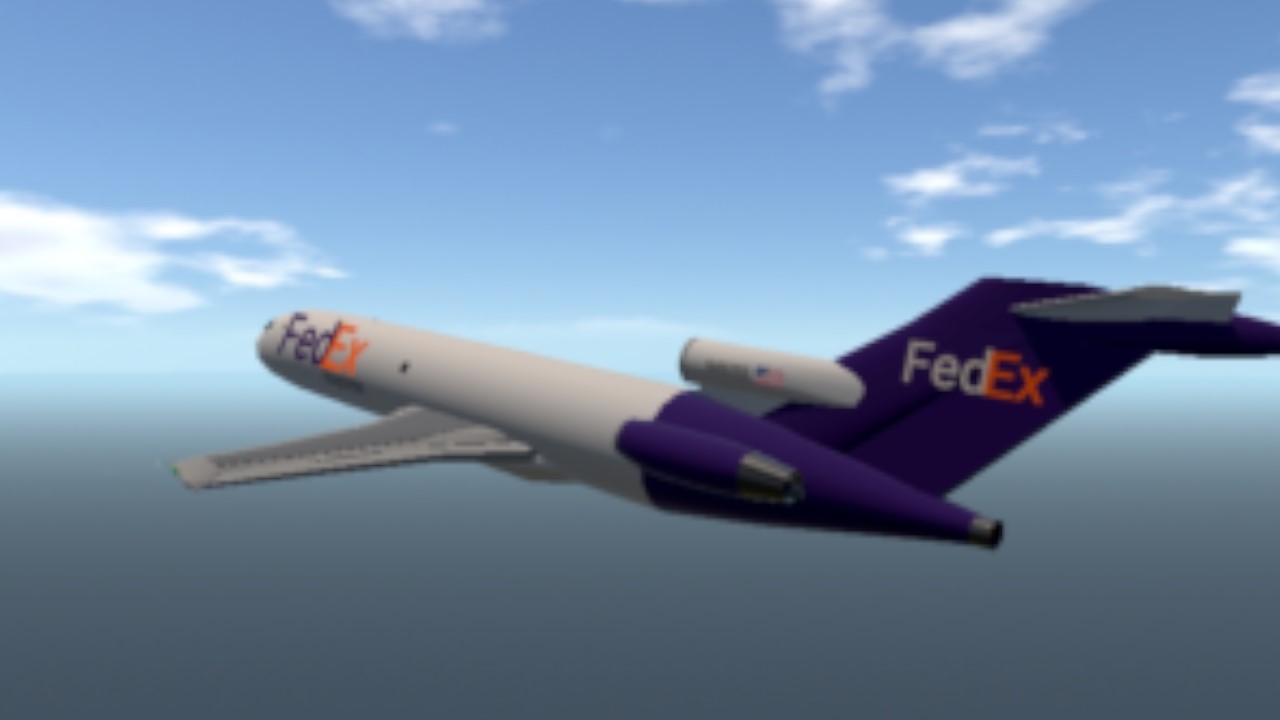
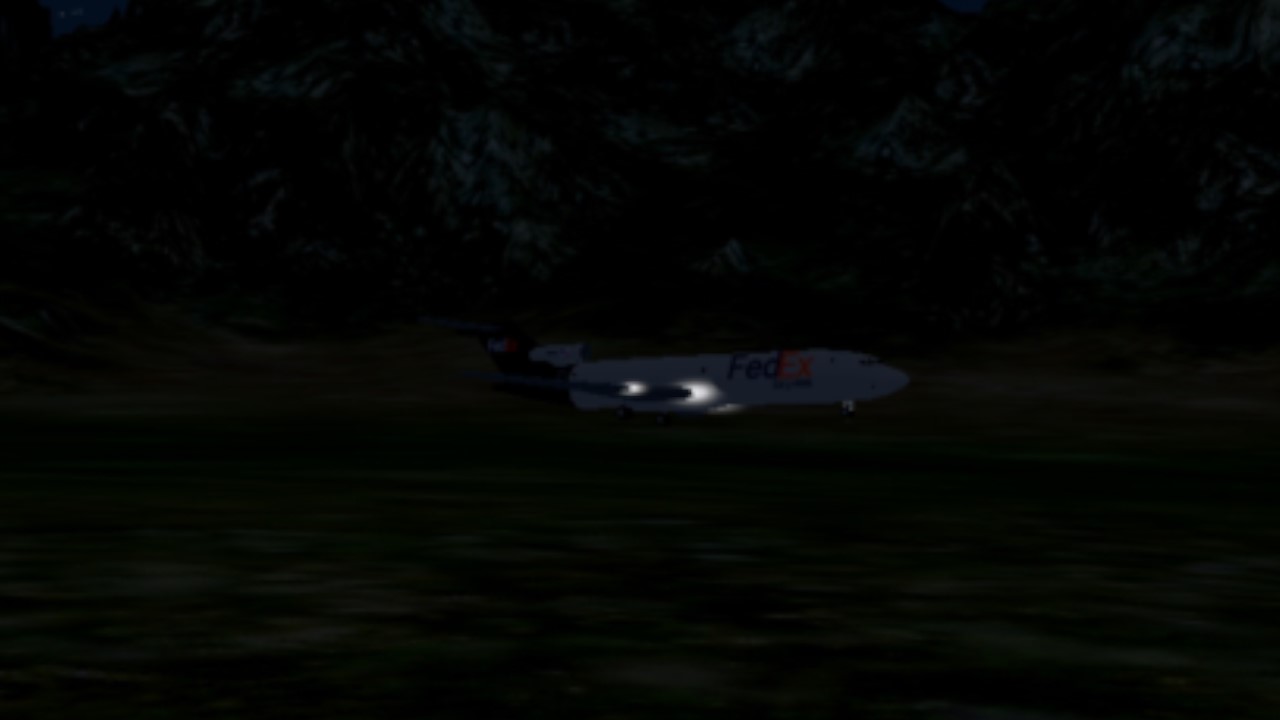

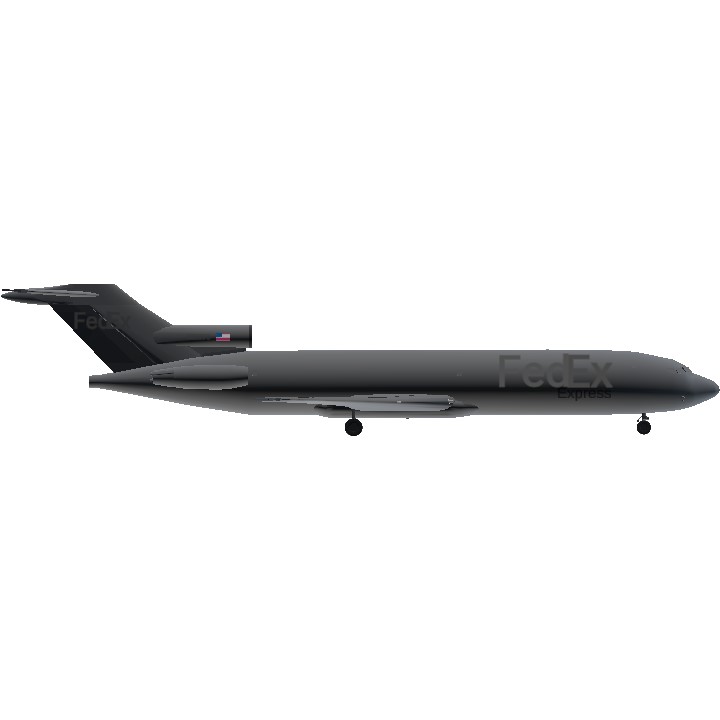
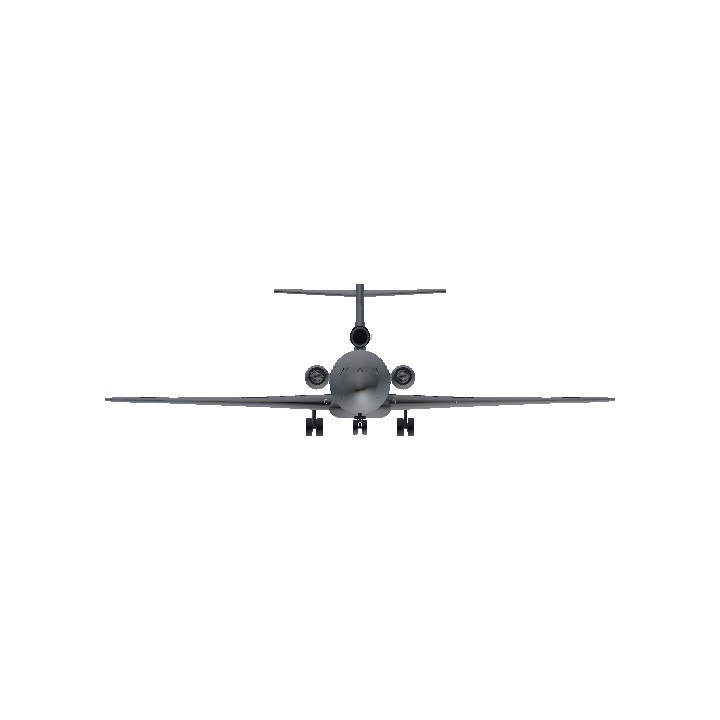
Credit by @Boeing727Fan4
Original post in Boeing 727-200F Without Livery